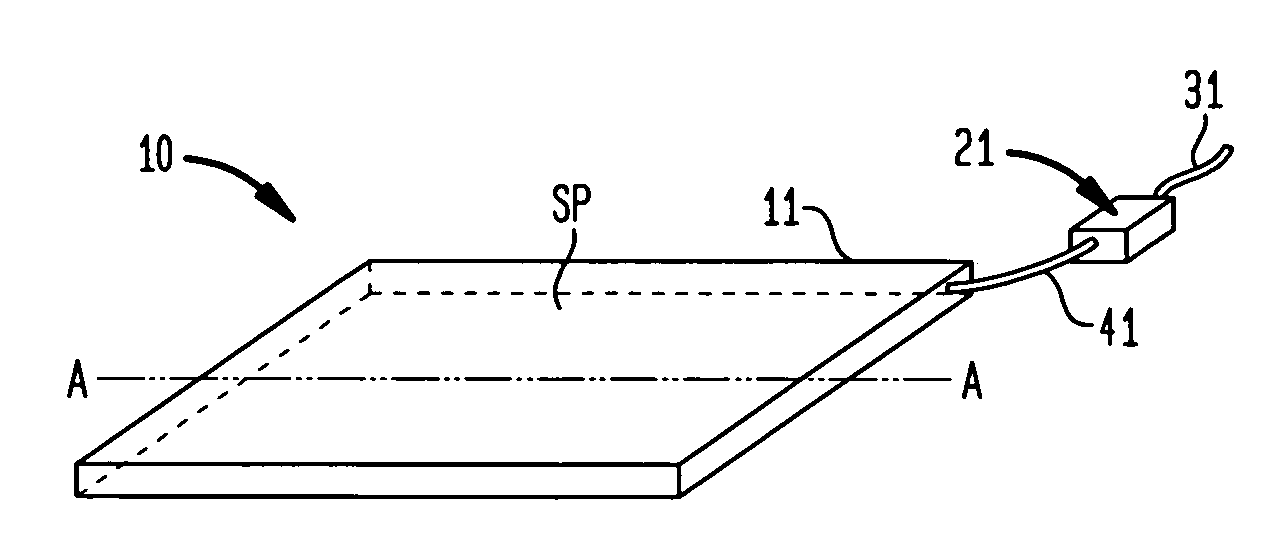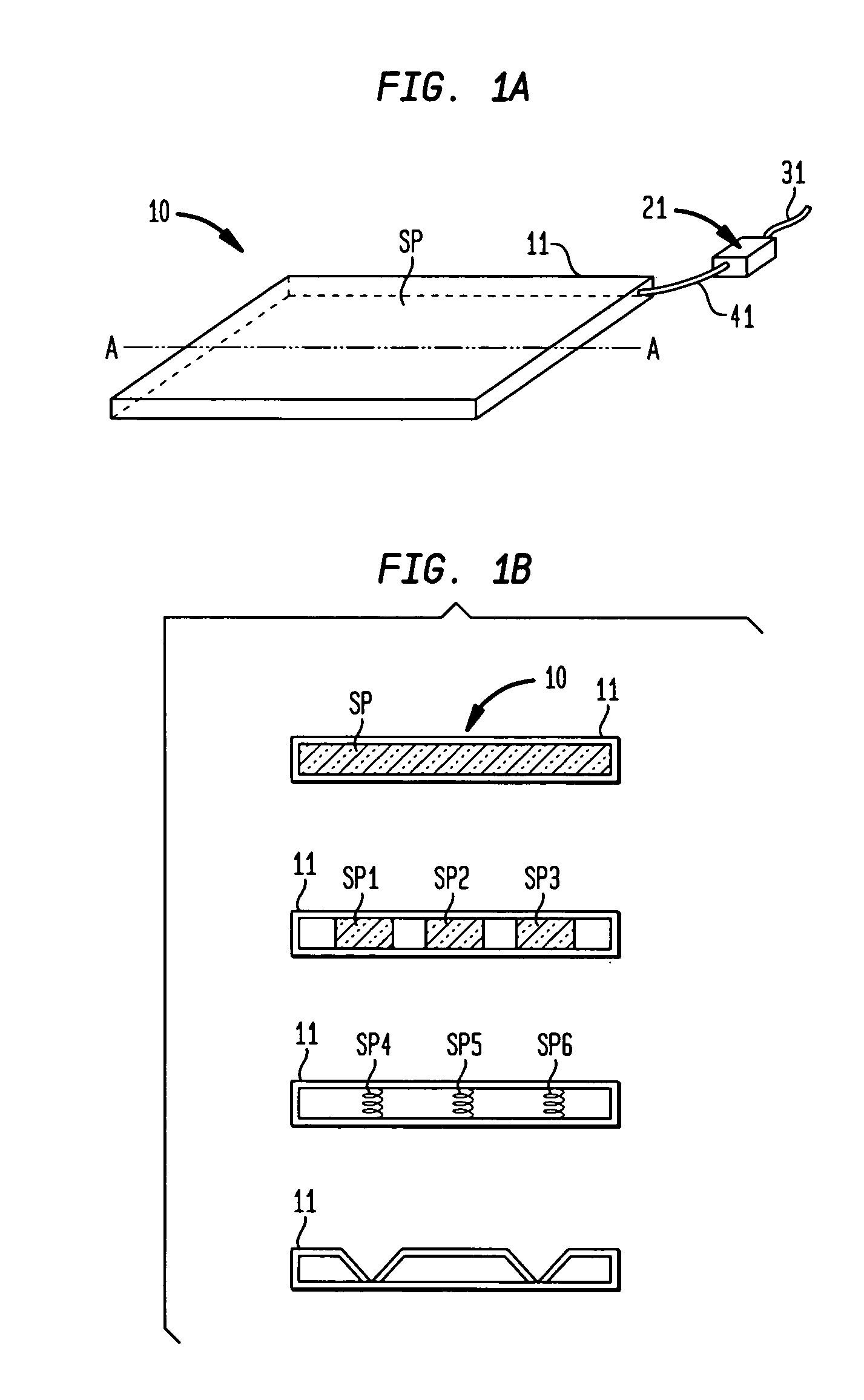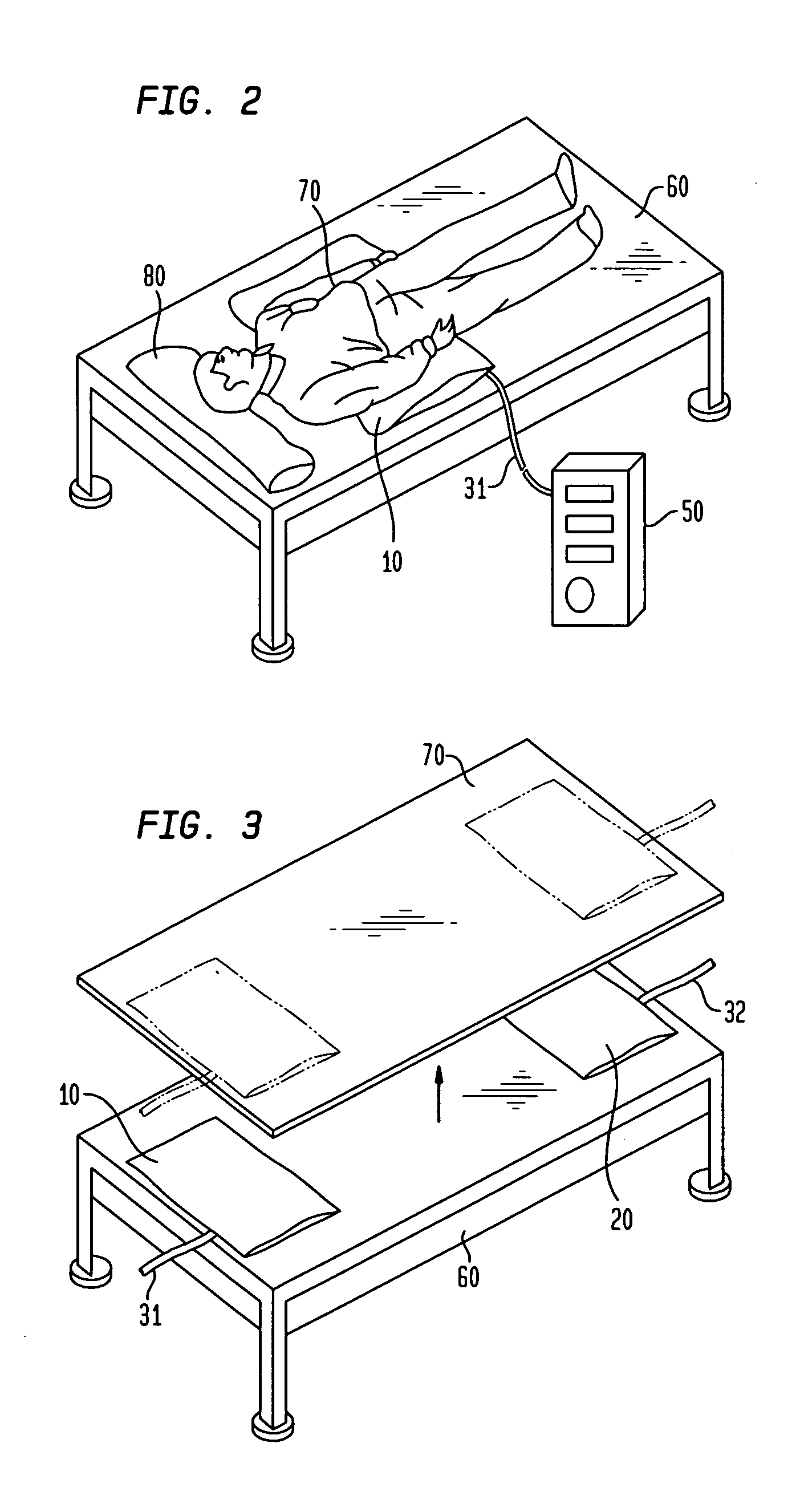Biological information collecting device comprising closed pneumatic sound sensor
a technology of biological information and a closed loop, applied in the field of biological information collection apparatus, can solve the problems of living organisms being prone to electric shock, wires being very likely to act as antennas, and external electromagnetic wave noise, and achieve the effect of accurately measuring over the entire length of the length of the length of the length of the length of the length of the length of the length of the length of the length of the length of the length of the length of the length
- Summary
- Abstract
- Description
- Claims
- Application Information
AI Technical Summary
Benefits of technology
Problems solved by technology
Method used
Image
Examples
Embodiment Construction
[0019]FIG. 1 is a schematic view showing an embodiment of a closed air type sound sensor used in the present invention and using a closed cabinet having a variable internal volume.
[0020](a) of FIG. 1 is a schematic view showing a configuration of the closed cabinet having a variable internal volume, and (b) is a sectional view of the closed cabinet.
[0021]Referring to (a) and (b) of FIG. 1, reference numeral 11 denotes an airtight closed compartment, made of metal, rubber, plastics, wood or the like and having a variable internal volume. Reference character SP denotes a spring member for keeping an internal air gap of the closed compartment 11. Reference numeral 41 denotes an air pipe connected to the closed compartment 11. Reference numeral 21 denotes a non-directional microphone or pressure sensor, and 31 a lead wire for delivering a signal of the non-directional microphone or pressure sensor 21.
[0022]A state of arrangement of the spring member SP is described with reference to the...
PUM
 Login to View More
Login to View More Abstract
Description
Claims
Application Information
 Login to View More
Login to View More - R&D
- Intellectual Property
- Life Sciences
- Materials
- Tech Scout
- Unparalleled Data Quality
- Higher Quality Content
- 60% Fewer Hallucinations
Browse by: Latest US Patents, China's latest patents, Technical Efficacy Thesaurus, Application Domain, Technology Topic, Popular Technical Reports.
© 2025 PatSnap. All rights reserved.Legal|Privacy policy|Modern Slavery Act Transparency Statement|Sitemap|About US| Contact US: help@patsnap.com



